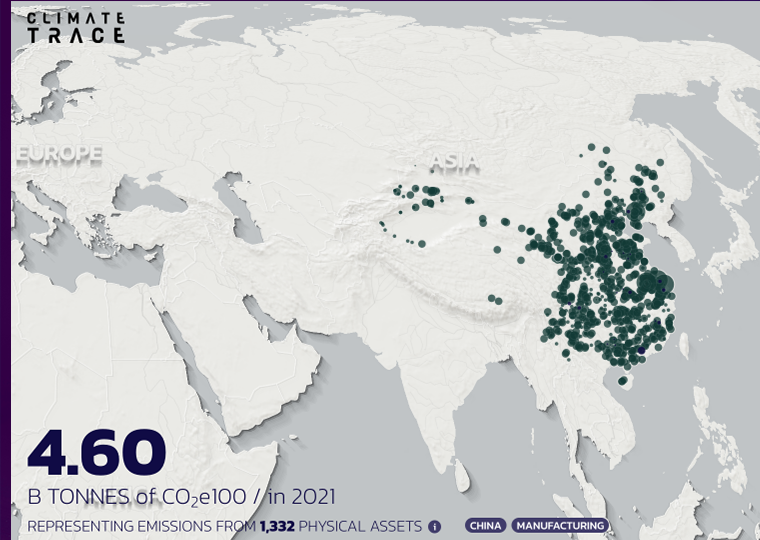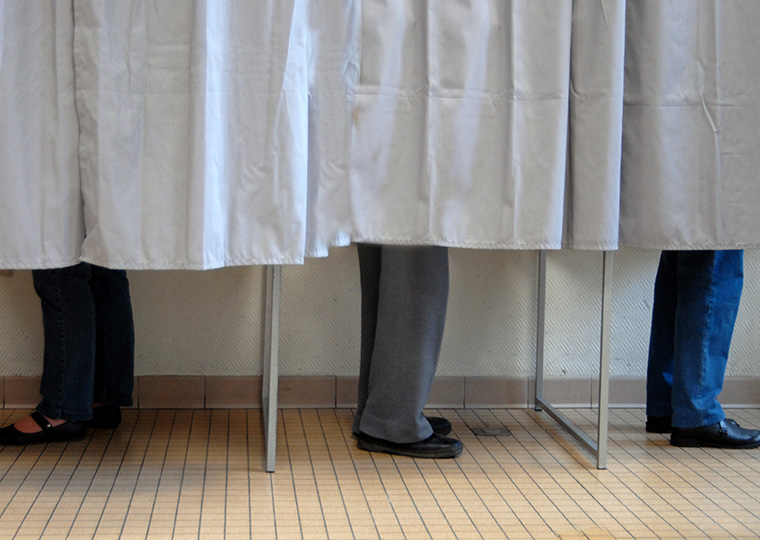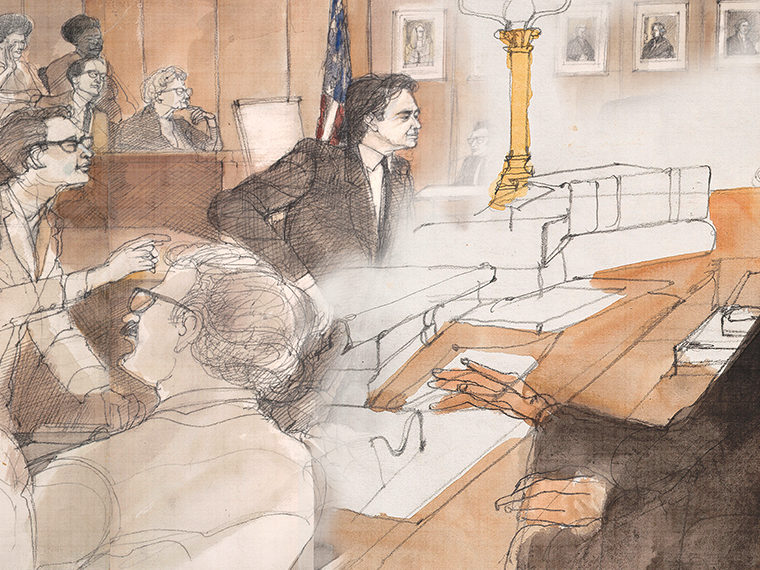A new way to classify individuals delivers insights on social divisions and the culture war
The culture war roiling the United States is often viewed as an important manifestation of the recent increase in political polarization. A provocative working paper pushes back on that narrative, offering empirical evidence that the deep divisions between Americans on moral, religious and social values have been pretty steady for the past 40 years.
“The culture war in the U.S. has been latent for decades,” write Southern Methodist University’s Klaus Desmet, the Universidad Carlos III de Madrid’s Ignacio Ortuño-Ortín and UCLA Anderson’s Romain Wacziarg.
They argue for a novel hypothesis to explain the rise of political polarization: It is not that people have grown apart much in terms of their cultural values, but rather that parties are more divided along these cultural fissures.
Opt In to the Review Monthly Email Update.
“The realignment of political parties in the U.S. is not due to an increasingly divided and polarized society, but rather to political parties becoming more representative of preexisting values-based clusters,” they explain.
Preference for the Company of Like Minds
Studying the origin and patterns in social divides requires taking a stand on what characterizes cohesive cultural groups. A standard sorting mechanism in socioeconomic research is to group people on “identity” markers: Gender. Ethnicity. Race. Education. Income.
Previous work by Desmet, Ortuño-Ortín and Wacziarg, published in American Economic Review and The Economic Journal established that this approach has a glaring flaw. It is not an effective way to sort people into groups with similar cultural values. There are men who believe in heaven, and plenty who don’t. There are plenty of wealthy Americans who believe people can be trusted, and plenty who don’t. In sum, there are large differences in cultural values within identity groups.
What then, could be a better way to group individuals into cultural groups? In their more recent paper, the researchers sort a society not by identity, but by cultural values directly. The social divisions that they study are built upon the established human desire to associate with like-minded folk, or homophily.
The researchers define cultural groups using an algorithm that minimizes disagreement or “antagonism” within groups, while maximizing differentiation between groups.
Compared with identity-based groupings, there is much less within-group diversity in cultural values within these values-based groupings. Intuitively, that makes plenty of sense; when you’re sorted by, say, your belief in heaven and hell, you’re going to end up with more like-minded people. And that would seem to be an implicit goal we all harbor. But that also means that you now have maximal antagonism toward the other group, which is by definition full of individuals who are on the other side of the cultural divide.
Quantifying Values
The researchers had a robust data set to work with. The European Values Study and World Values Survey have been collecting data on cultural values on an ongoing basis since 1982 across dozens of countries. The most recent wave used by the researchers (2018) includes data for 81 countries. On average, the team had about 200 questions per country that explore attitudes on cultural beliefs. They focused only on questions for which answers were quantitative: yes/no or some sort of scale. They used a statistical technique, principal component analysis, to reduce the effective number of cultural dimensions along which survey respondents differ and used a machine learning algorithm to fill in some rare missing values in the dataset. They applied their algorithm to each country and each survey wave separately, creating cultural partitions with 2, 3, 4 or 5 clusters.
They found that, for the U.S. in the latest wave, religious values were the most important differentiator between cultural clusters, followed by questions on trust and civic participation. These two dimensions largely govern what sets cultural groups apart in the U.S. So measured, polarization on cultural values in the U.S. hasn’t changed much since the 1980s.
The overall level of polarization in the U.S. in the latest wave is generally in line with the average for all countries studied. But the U.S. was distinct on some dimensions. The researchers calculated the average difference between two groups on subtopics. The gap between cultural groups in the U.S. was more than double the world average on questions measuring the importance of religion, how often participants attended religious services, whether abortion was justifiable, whether homosexuality was justifiable and if people can be trusted. And in the latest survey, differences in political affiliation (Democrat/Republican) between the cultural groups was the largest of any country in the study.
Values Matter a Lot More Than Identity
Another major finding was that the reduction in cultural disagreement between individuals of a group that is obtained by classifying them based on values rather than identity was large in every country. This is not in itself surprising since the algorithm is designed to minimize within-group antagonism (or disagreement). But what was surprising was the extent of this difference: Along some traits, like gender, classifying people based on identity achieves only a very small fraction of the reduction in antagonism that is achieved using cultural values directly: sorting by gender reduced antagonism by an average of 1.26%. Sorting by ethnicity reduced antagonism by 3.4%. Sorting by income by 4.4%.
But classifying individuals based on cultural values directly, across all countries in the sample, achieved a reduction in antagonism of 40%. Again, the results for the United States were in sync with the broad average for all the countries. Except for one specific sub-metric: politics. Sorting by politics in the U.S. reduced antagonism by twice as much as in the average country.
Given the human impulse to associate with people similar to us, these results suggest that studying societal divisions based directly on values — rather than through the lens of identity-groups such as gender, ethnicity and income — could lead to new insights on the nature of social antagonism and conflict.
While the researchers make the point that the U.S. hasn’t become more polarized on values over time, their analysis shows that political parties have indeed become more closely aligned with entrenched polarized values.
Featured Faculty
-
Romain Wacziarg
Professor of Economics; Hans Hufschmid Chair in Management
About the Research
Desmet, K., Ortuño-Ortín, I., Wacziarg, R. (2023). Endogenous Partitions.






